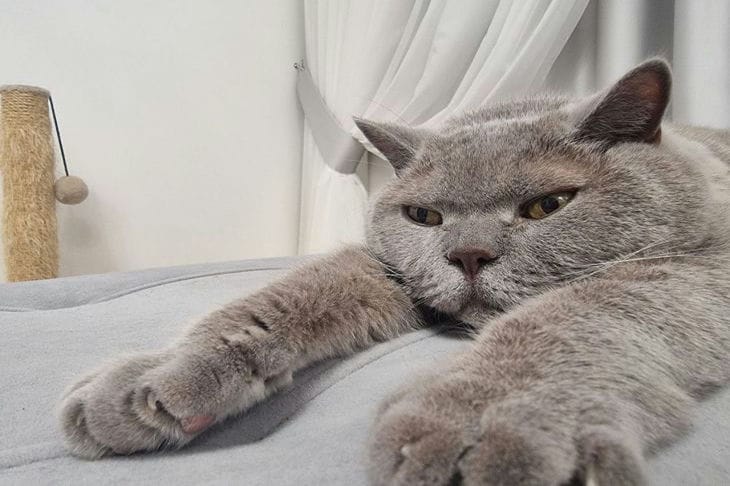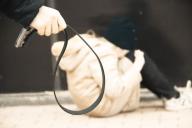Cat owners often notice how their pets react sharply to the appearance of balloons.
These light, bright objects cause real fear in cats. But why does this happen?
The answer lies in several aspects of cat perception and behavior.

Instinctive reaction to unfamiliar objects
Cats, being predators, have a highly developed instinctive reaction to unfamiliar and potentially dangerous objects.
Balloons, with their unusual shapes and bright colours, are perceived by cats as something unknown and threatening.
They do not understand the nature of this object and cannot predict its behavior, which causes them anxiety.
Sound and tactile sensations
The balls create specific sounds when moving, rubbing against various surfaces or when squeezed sharply.
These sounds may resemble rustling or crackling sounds, which in nature are associated with danger. Cats' ears are very sensitive to such sounds, which explains their immediate alertness.
Visual Features of Balloons
Balloons can move unexpectedly due to wind or other factors, making them unpredictable.
Cats are accustomed to the predictable behavior of objects in their environment. The sudden and unpredictable movements of the balls disrupt their sense of control over the situation, which increases the feeling of fear.
Antistatic effect
Some cats feel the electrical voltage generated when the balls are rubbed against various surfaces.
This antistatic tension can be transferred to the cat's fur, causing discomfort and even pain. These negative sensations can reinforce the fear of balloons.
Memory and experience
Cats have a good memory and can remember unpleasant or frightening situations. If a cat is once scared of a balloon, its reaction to this object will be negative in the future. The animal will avoid contact with the balloons, even if they do not pose a real threat.
Social learning
Cats can also learn fear from other animals or people. If the owner shows anxiety when they see a balloon or reacts to it with caution, the cat may sense this and become afraid itself. This social learning plays an important role in shaping animal behavior.
Behavior under stress
In stressful situations, cats may exhibit various defensive reactions, such as flight, freezing, or aggression.
Balloons can be a trigger for these reactions, so it's important to understand the nature of your pet's fear and try to avoid situations that could cause him or her severe stress.
Previously we talked about eliminating fear of thunderstorms in dogs.








